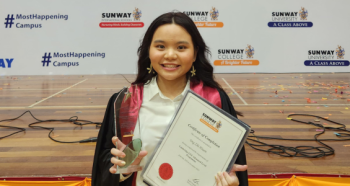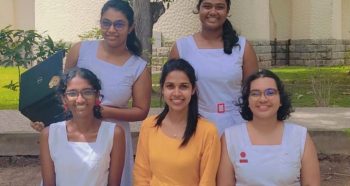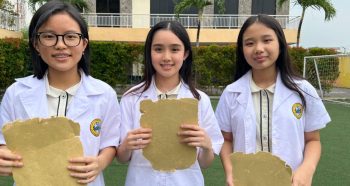Not all learners will want to become computer scientists when they grow up, but there are many other reasons why young children benefit from understanding how computers work. Computing develops problem solving skills, prepares learners for our technology-driven world, and helps them understand the digital tools that will support their learning in other subjects. Plus it’s fun – children love seeing their programs actually come to life on screen.
It is for all these reasons that we are introducing Computing to Cambridge Primary and Lower Secondary, for first teaching from September 2022. It complements our Digital Literacy curricula and provides an exciting opportunity for learners to understand the increasing role that computer technology plays in our lives.
Our Computing curricula are made up of five content strands:

In this blog post, I am going to focus on the programming strand. For this strand, the teaching activities in our Schemes of Work introduce learners to a range of contexts, such as programming simple onscreen animations and interactive artefacts that respond to user input, as well as programming other devices, such as robots and interactive lighting systems. They will explore different programming languages, including block-based (Scratch) and text-based (Python), so they are aware that computers need clear, logical instructions to function well.
Programming for primary learners
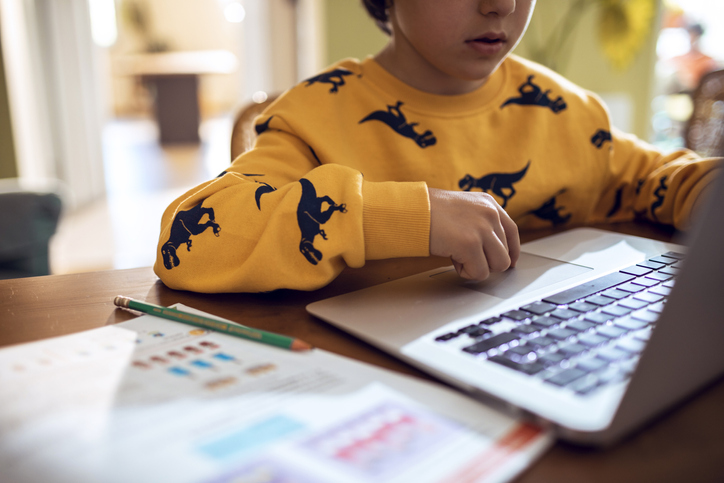
Within the Cambridge Primary curriculum, learners discover that, without careful programming, computers are unable to operate. From Stage 1 onwards, learners understand that there is no natural intelligence within a computer and that devices rely on humans to give them instructions.
Their programming journey begins by understanding that algorithms and programs need to be precise and concise. We ask learners to edit and create programmes using Scratch, or Scratch Jr in Stages 1 and 2, so that they have experience of individual programming constructs, such as using repeating steps within a program, before they begin to combine these constructs from Stage 6. They also use logical instruction sequences to programme physical computing devices, such as robots to move in different directions and other devices to perform actions depending on user inputs.
We think it is also important for learners to identify programming errors, or bugs, so that they build confidence and persevere in finding solutions like real computer programmers.
Programming for lower secondary learners
By the end of Cambridge Lower Secondary, learners develop strong transferable computational thinking skills of logic, decomposition, abstraction, pattern recognition and precision. They will use arithmetic and comparison operators in text-based programs and will import sub-routines from other programs, including from program libraries. One of the key learning areas of our Computing curricula for both primary and lower secondary learners is hands-on programming.
Programming contexts
Your learners will enjoy seeing the outcomes of the programs that they create, such as onscreen animations, quizzes, games and physical movements for devices such as robots. While learners are experiencing this, they will consider the role inputs, such as clicks or button presses, typed words and phrases, sounds or numeric data.
Through learning how to create and apply programming constructs, learners will recognise how those constructs can be applied to a range of contexts that are increasingly beyond their everyday experience. For example, they may start by programming a simple selection statement in stage 5, using the commands ‘IF’, ‘THEN’ and ‘ELSE’ in a familiar mathematical context:

Once they understand this selection statement, and can apply it consistently, learners can use it in other contexts. For example:


Programming for all
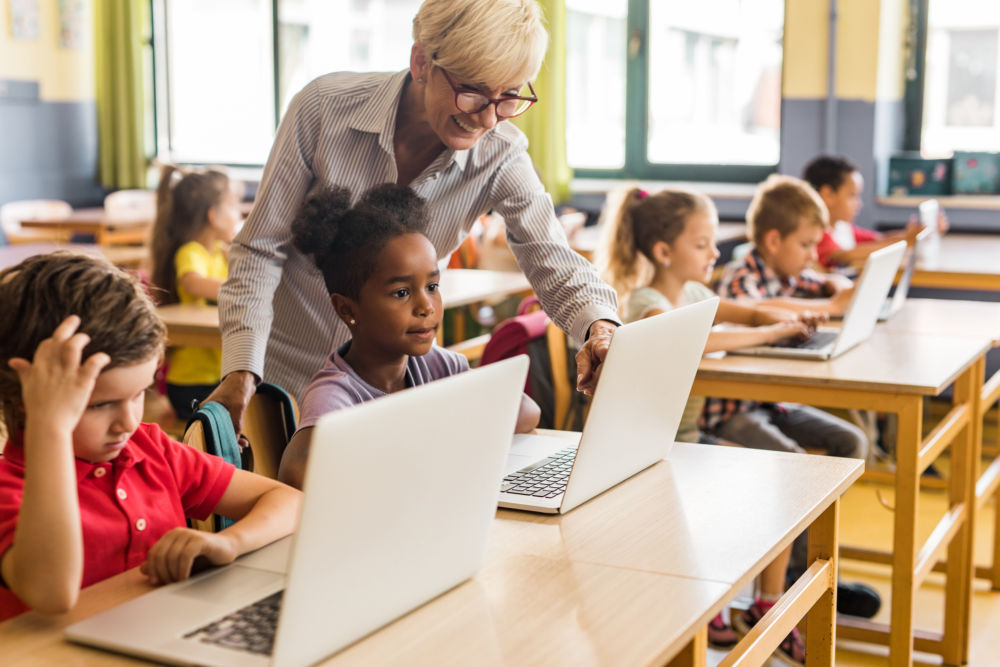
Computing is an important subject for all learners. Even if they do not want to follow a career in computing, it is likely they will at least work with computing professionals. The Computing curricula includes content to describe the opportunities that exist for those with other skills, such as artists or mathematicians, within computing industries such as gaming or automation. Therefore, the teaching contexts for programming should offer flexibility for learners to explore their own personalities and to plan and create programs that excite them, as this will support them to recognise new opportunities for their skills and interests.
Computational thinking
Computing learners develop transferable thinking skills that help them to program and to identify suitable programming constructs, as well as supporting them in other areas of their education. Computational thinking skills include giving precise and concise instructions, being able to abstract key information and to decompose problems into their component parts before developing suitable solutions.
When thinking computationally and creating programs, learners also develop:
- robustness and resilience when creating and correcting algorithms and programs, and when responding to feedback
- creativity when solving problems and when developing programs that engage users
- independence, confidence, logic and precision when identifying and correcting errors to improve their programs.
Support for teachers
Not all teachers have experience of teaching programming, but do not let this be a barrier, as learners will love this subject. Our supporting resources, such as the Schemes of Work, include screenshots, example code and clear instructions that make it easy for teachers to deliver each activity.
Although programming is central to Computing, the curriculum contains much content that can be delivered away from computers, so schools do not need to provide large numbers of devices for every lesson.
Find out more
If your school is registered to offer Cambridge Primary and Lower Secondary, you can find our new curricula on the Cambridge Primary and Lower Secondary support sites. It is included in the programme fee.
If you are not already registered with us but would like more information about our Cambridge Primary and Lower Programme, please enter your details here.



